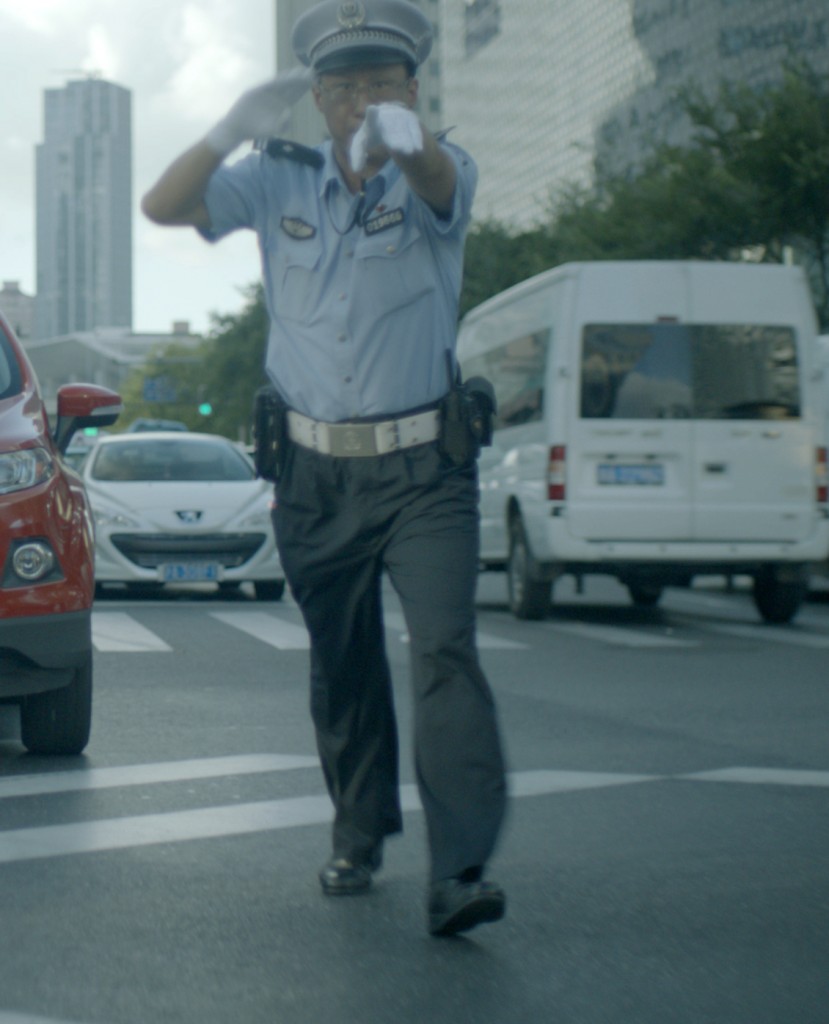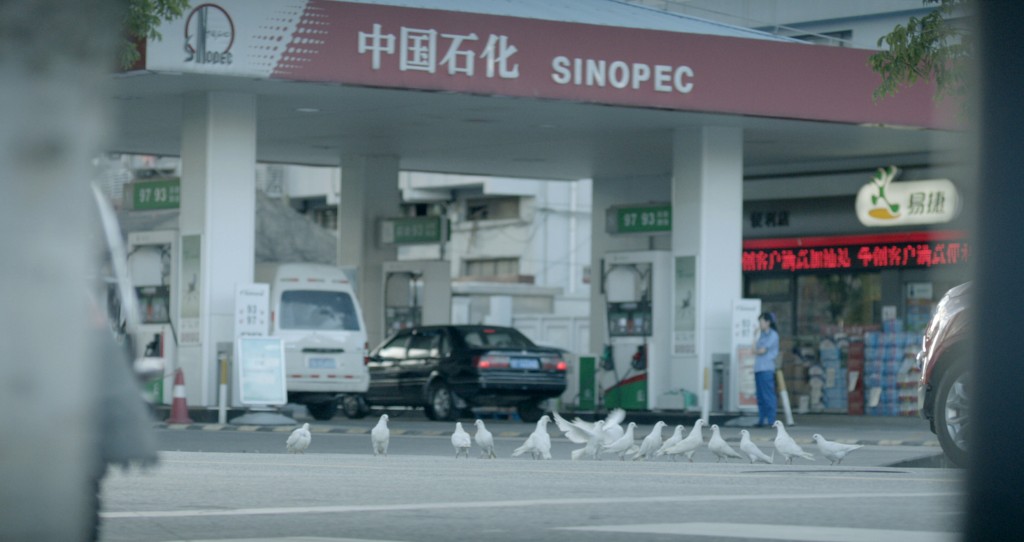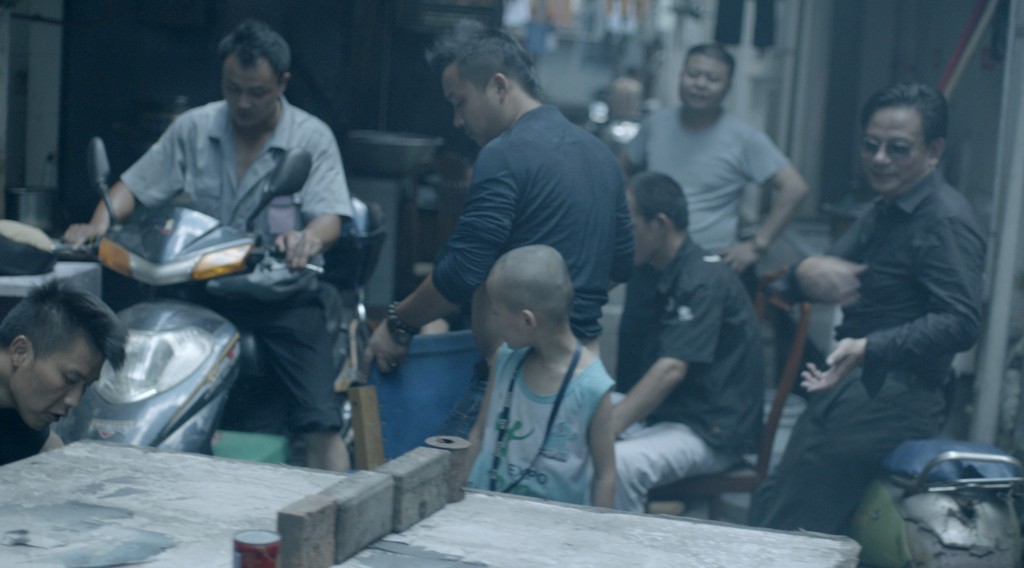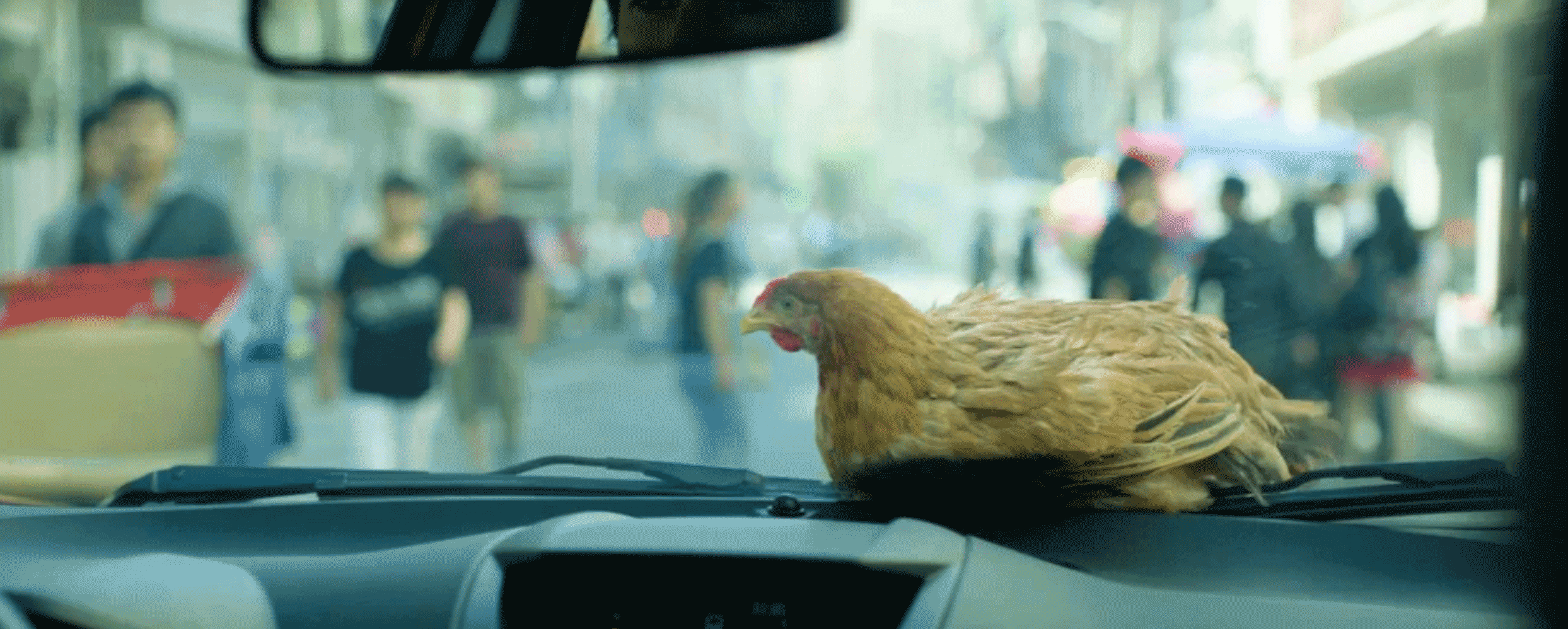I handle the branding and advertising communications for a large American car company. My agency in China is the regional hub for the brand, pretty much making us the brand guardians for Asia Pacific and Africa. We report directly to the global office in Dearborn, Detroit. It’s that kind of American car.
The economy may be slowing down in China, but as far as consumerism goes, the Chinese still love their cars, foreign-made cars especially.
GOING GLOBAL
A couple of years ago, our client wanted to launch a small SUV globally. Usually, how it works, is that every market or region shoots its own version or interpretation of the globally accepted “big idea”. So what the US produces could wind up looking completely different than what comes out of Europe and Asia.
There’s a first time for everything and the car company had never attempted to consolidate a single execution of a big idea across such a large scale.
And so it goes in film-making, that what can go wrong will inexplicably go wrong. That’s Murphy’s Law, and he has a sick sense of humour the bigger and more multi-national your film set is.
Undoubtedly, the US has the largest share of the pie. Their production budgets can usually buy a small African nation. Whatever was left of the annual budget would then be shared proportionately with the rest of the world, with China and India taking the chunk of it through sheer projected sales volume, leaving the rest of the markets scrapping for the crumbs.
The car in question was the brand’s flagship vehicle in South America and it was launching for the first time in other markets. The onus was on us to make sure every single head in the markets across the regions were listened to yet, not have the idea diluted too much by the time we were through with them. It was like being between a rock and hard place.
We had one and half weeks to shoot and we had very little room to faff around with the next location being Brazil.
“Trying to control this motley crew was like trying to herd cats blindfolded and tied to a tree. The South Americans were trying to hit on any living human being that resembled a woman.”
Whatever the case, the commercials were meant to almost have a documentary feel to it – warm and honest – and told from the viewpoint of the protagonists.
It was to show the wonderful discoveries our main characters made as the drove the little SUV through the back streets and narrow alleys of major cities, and show what even the locals were missing in their day-to-day lives.
As it turned out, South America decided to put its own spin on the execution. China, in their infinite wisdom, wanted nothing to do with what we proposed but were willing to piggyback on our shooting schedules. Everyone except India was coming to China to shoot the commercials. India decided to have more fun with it and shoot in Brazil instead.
Now between Thailand and Australia, each country’s commercial has a slightly different storyline. The South Americans have a somewhat similar story, but still markedly different, while the Chinese have an almost unrelated tale in relation to the rest. I was very thankful to have had my good friend, the Brazilian executive creative director, on hand to handle his region’s work.
We had the Argentinian, Brazilian, Thai and Australian talents fly in with our director and producer, who were both Australians, together with our American director of photography (DOP), or “cameraman”, if we really wanted to piss him off.
Trying to control this motley crew was like trying to herd cats blindfolded and tied to a tree. The South Americans were trying to hit on any living human being that resembled a woman. One of them tried so hard to get with a local girl that he got robbed when he was unwittingly led to a whorehouse through offers of tea. (If a random woman and her friends offer you tea in China, you will, without a doubt, be robbed if you so choose to join them.)

MINOR DIFFERENCES
And as if differences in storylines and locations weren’t enough, car company’s have a strange practice in terms of its vehicle production. Every car of the same model will have subtle differences in its appearance for every market. For example, a Ford Focus or Toyota Corolla in Europe may come with slightly different headlights or wheels and trims than the ones in Thailand or Australia, or any other country, for that matter.
We were shooting for at least six different countries. The cars had not rolled off the production lines at this point, so all that we had were four prototype models that were as close to the final production model as we were going to get.
Of these four, one would be used for Thailand (it has a sunroof and a wheel cover for its externally mounted spare), one for Australia (different wheels than the rest, no sunroof nor wheel cover) and two for China (comes with sunroof, different wheels as well, but no wheel cover).
When we finally received the four cars, two of them immediately broke down with no hope of repair on the first day of the shoot. That left us with two working cars for the television commercials and one broken down vehicle for the print ads that we were shooting concurrently with the TVCs. Of course, these were prototypes for the ads and not the actual completed cars for sale, so the problems were all electrical rather than mechanical. Don’t freak out.
Thanks to the breakdowns, we now had to swap all the bits and pieces – namely the wheels and spare wheel cover – between the cars, depending on which country’s commercial we were shooting at that time. Five days into the shoot, the engineers completely lost the plot, giving us cars with the wrong wheels, or with the wheel cover or sunroof when we didn’t need them.
On day seven, the car we were shooting turned up on set without its entire rear door. The engineers had forgotten where they left it and it took us three hours to track it down.
FOREIGN EXCHANGE AND A FANNYPACK
But what no one really remembered is that filming in China can be en epic experience and if you’re a laowai (foreigner), then shooting commercials in China, especially when laowais are involved is a very complex process. There’s a permit required for almost everything. We needed to register the vehicles to obtain permits and licence plates for each version of the car that we wanted to shoot on the streets.
The mother load of paperwork was meant to have been taken care of by our Chinese production company, which was essentially our support crew. But instead of sorting that shit out, their producer wandered around with a fannypack stuffed with tens of thousands of renminbi to be used whenever a problem arose.
Since we didn’t obtain the necessary permits to shoot on the highway, we had to do everything ninja-style. We would wake up at the crack of a sparrow’s fart to film running shots of the vehicle before the traffic police showed up for work.
We also needed to get permits for police escorts and road closures. However, we could only shoot on the highways at specific times, which was unfavourable to our director’s unscripted, shoot-from-the-hip and shoot-every-bloody-thing style of cinematography.
Don’t get me wrong, he did a fucking amazing job and I cannot imagine a better guy, but that man certainly has his quirks.
Instead of hiring a proper tracking vehicle where the huge camera could be securely mounted and hooked up to a monitor in the truck’s bed, we wound up shooting out of the back of a van with its rear door propped open, camera suspended on a flimsy setup of ropes and crew hanging on for dear life.
One time, the fannypack Chinese producer had to “obtain last-minute permission” from the traffic police’s Number 2 to shoot on stretch of highway in the evening. We were told to stop the shoot before 7pm because his boss travels on that part of the road on his way home after work. Only, he decided to leave work early and saw the film crew running around in their makeshift tracking vehicle.
The boss flipped out on his Number 2 and we wound up with an impounded vehicle and the near-arrest of the support crew. Out came the fannypack to sort things out.
When we finally got to shoot even though none of the cars were meant to be travelling on the road – we still got police escorts to help clear the roads and block traffic. But the cops were clueless, either travelling too close to our cars or leaving their siren lights on, so the only usable shots were those filmed on the sly.

THE BIRDS and JOHN WOO
The same day we lost the rear door of the vehicle, we were supposed to shoot a scene where a bunch of pigeons standing around on the road would scatter and take flight as a car approached them. Think John Woo minus the gun battles.
Our Chinese producer had arranged for a bird trainer to provide the birds. When we finally found the missing door and readied for the shoot, we discovered that the birds didn’t react to oncoming vehicles. Half a dozen times, the stunt driver blared his horn only to come to a screeching halt inches away from the nearest pigeon. At least some pigeons knew how to duck.
By now, a crowd had gathered to watch in amusement. My director was losing it and kept yelling at the driver to just “GO THROUGH THEM!” None of us supported that idea. It would have been carnage at 120 frames per second.
When we approached the bird trainer, he looked at us incredulously and said, “You didn’t say you wanted birds that could fly!”
When we approached the bird trainer, he looked at us incredulously and said, “You didn’t say you wanted birds that could fly!”
What the fuck?
He then gathered all the pigeons off the road and put a fresh bunch, still in their cage, in their place. “These ones will fly”, he said.
As soon as the director yelled “action”, the cage was lifted. And all the pigeons took off at the same time. Our car had barely moved. The bystanders were pissing themselves laughing.
“Farking hell,” was heard in a thick Australian accent. The director had lost it and the script was rewritten.

GHETTO PONG
With hope abandoned, our director went back to his own shoot-from-the-hip style and as the crew was prepping for the next scene, he and the DOP would disappear and shoot a whole bunch of unscripted scenes. Once, he grabbed the Aussie talent and made him wander into a dodgy, narrow alley near a wet market in the Huang Pu district.
It turned out to be the hangout joint of the local gang. I’d never seen meaner looking Chinese folk in my life and I had been in China for eight years at that point.
Just as the locals’ looks of suspicion started to take a turn for the worse, along came the Chinese producer with his fannypack. He wandered off to talk to the gang leader for a bit. After that, we got some amazing footage of our Aussie actor playing ping-pong with the grouchiest looking kid I’d ever met. We affectionately refer to that scene as “ghetto pong”, though it was never used in our commercials.
The headache of swapping car parts, horny South Americans and bureaucracy continued, but we finally finished our China leg of the shoot in the one and a half weeks we were given. Post-production after the shoot took almost a year, but the car company was definitely chuffed with the results.
If there’s one thing to be learnt if you’re shooting in China, get a smooth-talking Chinese producer with a fannypack running around with you. Screw permits, proper licences and what not. The only papers that matter are the red ones with Mao’s face on them. That’s just how things are done in China.

